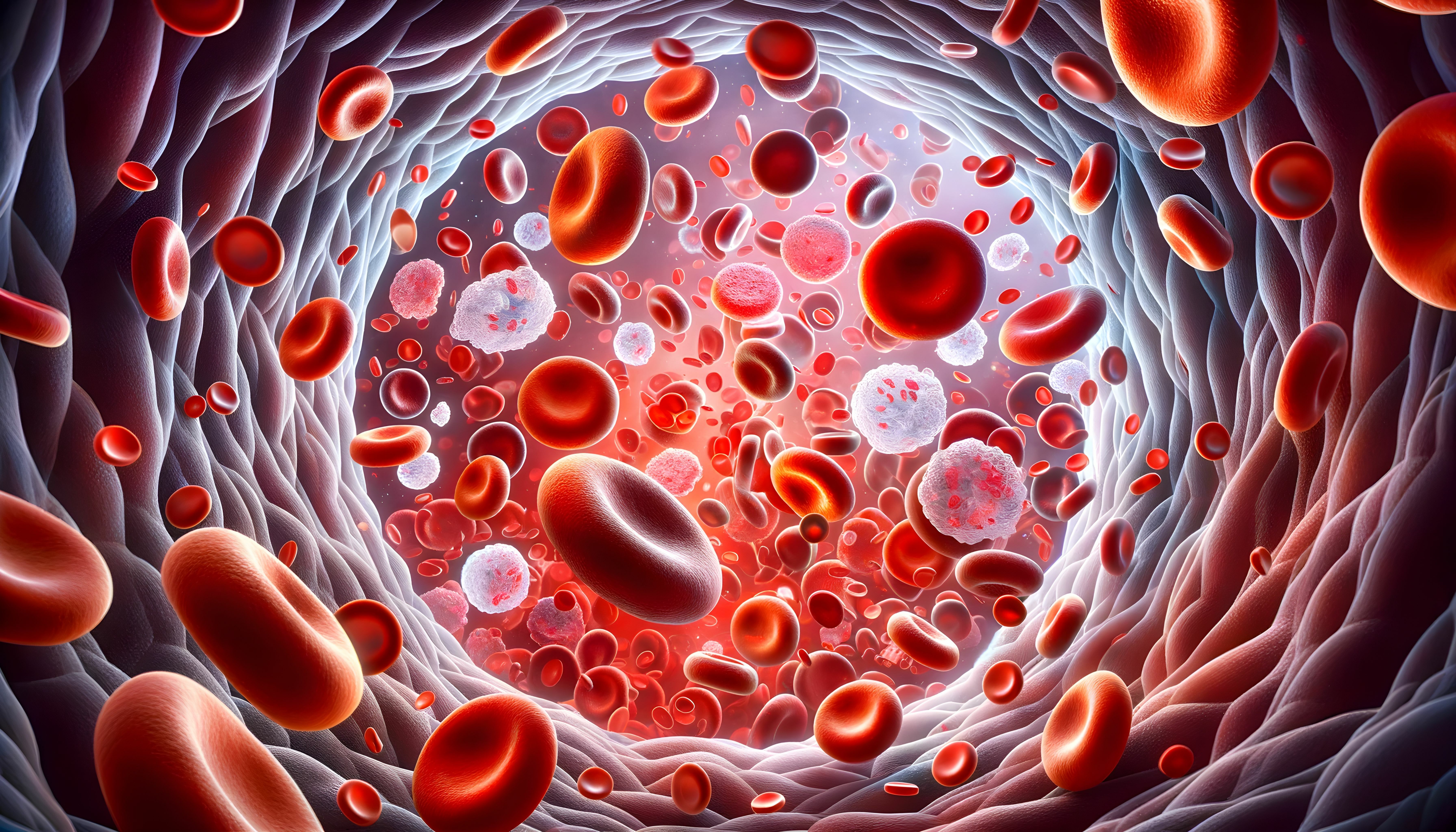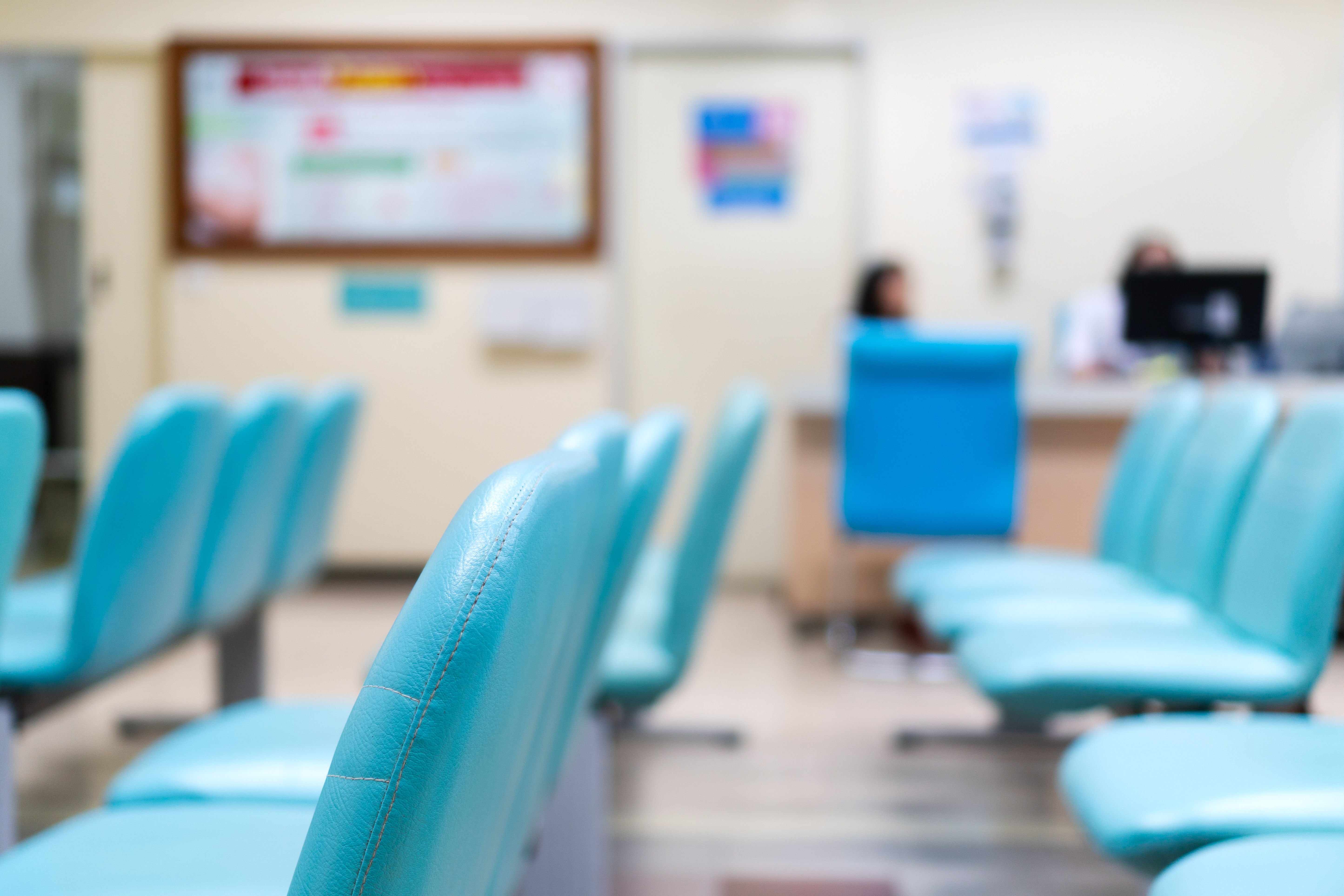Video
Dr Andre Goy Previews Key Data on CAR T-Cell Therapy to Be Presented at ASH 2021
Author(s):
Andre Goy, MD, MS, chairman and executive director of the John Theurer Cancer Center, provides an overview of the emerging data at ASH 2021 on CAR T-cell therapy as a second- and first-line treatment.
Several key trials being presented at ASH 2021 will highlight the promise of CAR T-cell therapy as a second- and first-line treatment option, said Andre Goy, MD, MS, chairman and executive director of the John Theurer Cancer Center.
Transcript
There will be several studies presented during ASH involving the use of CAR T-cell therapy in second- and even first-line treatment. Based on your experience, what are the advantages of using CAR T-cell therapy earlier in course of treatment?
CAR T in lymphoma and aggressive lymphoma is approved in third-line therapy and has changed our landscape in a situation where patients would have a median survival of about 6 months. The standard-of-care in the second-line is actually to use salvage chemotherapy and for patients with chemo sensitive diseases to have other therapies such as stem cell transplantation.
The problem is that, in the chemoimmunotherapy era, and in patients with high residual disease and early relapse–failure within 12 months of diagnosis–these patients do very poorly even with a high-dose chemotherapy and transplant, let alone the fact that some patients cannot undergo chemotherapy and transplant, such as elderly, frail etc.
So, at ASH this year, there's clearly some data that will be presented looking at bringing CAR T-cells earlier. In the second-line setting there's 3 trials–there's the ZUMA-7 trial, there's the TRANSFORM trial, and there's the BELINDA trial that will all be discussed during ASH.
I'll focus a bit on the ZUMA-7 trial that we were a part of at John Theurer Cancer Center with Lori A. Leslie, MD, who’s a co-author. This abstract will be presented as the plenary session number 2 abstract of the entire conference. So, it is amazing. That shows the importance of these data, and these data will be detailed again, later on.
Briefly, it shows that bringing CAR T early with axi-cel [axicabtagene ciloleucel] vs standard-of-care in a randomized fashion has a dramatic impact on the outcome of patients, both in terms of EFS (event-free survival) and doubling the CR (complete response) rate. So, this is a very important data, because it might completely change the paradigm of the first salvage of large B-cell lymphoma.
The other trial that will also be discussed, although they might differ in some of the design and in population, basically again in the TRANSFORM trial that will be presented on Saturday shows that it also benefits these patients. Why this is important is because these patients did poorly with the current standard-of-care and none of the current standard-of-care, particularly autologous stem cell transplant, cures any patients.
A very small fraction of patients in the past could go under aloe transplant. Usually these patients have a very aggressive disease and they would actually progress before an aloe transplant is being set up or they progress right after aloe transplant. So, this is not really a valid option. So, this provides a really new landscape in the relapsed or refractory large B-cell lymphoma.
We know that patients do well with CHOP chemotherapy [cyclophosphamide, doxorubicin hydrochloride (hydroxydaunorubicin), vincristine sulfate (Oncovin), and prednisone], with 60% of patients cured with their first-line roughly, but we know that the rest are either relapsed or refractory and the relapse occurs within 18 months from diagnosis for more than 80% of cases. And again, these patients do very poorly so this is an unmet need that will be addressed this way.
Talking about the first-line setting, there's actually data updates from MD Anderson who will present the update of the ZUMA-12 trial that was presented at ASH last year, which previously showed the concept that in patients with high-grade disease, high-risk disease, and potentially high-grade lymphomas, double hit and diffuse large B-cell lymphomas, they could benefit from a consolidation if they don’t respond fast to chemoimmunotherapy. And that is a really nice proof-of-concept.
At ASH this year, we can see that these data are very durable, with a very durable CR [complete response]. So, this opens a new venue for these patients with high-grade disease that do very poorly with CHOP in chemotherapy. So, this is really part of some of the game changers that will be reviewed at ASH this year.
Can you tell us about results to be presented that may help identify which patients are good candidates for early use of CAR T-cell therapy?
So, I think that what is important, as we are starting to understand the mechanism of resistance and who does well with CAR T-cell therapy, and then there's now very mature data from axi-cel where 4 to 5 years we are at close to 40% of patients doing very well, again in a disease where the median survival will be roughly 6 months in that setting. So, this is really important.
This being said, we understand when it comes to resistance, I'm not going to go into the details here, but a big part of it has to do to T-cell fitness and the more chemotherapy patients received before, the less responsiveness potentially to CAR T-cells in what we observed.
So, I think this is important that when a patient who will typically do poorly with chemo immunotherapy that these patients will be offered CAR T-cell therapy earlier, as I mentioned, either as a consolidation, and then in some of these patients definitely, as I mentioned from the game changing data, in a second-line setting instead of a high-dose chemotherapy and autologous stem cell transplantation.
What we are starting to see and we're part of an abstract at ASH that is presented in looking at biomarkers, and several groups have looked at this, looking at biomarkers that could predict which patients do well. We don't have a clear signature yet, but the take home message that is really important for our audience here is that this is not another line of therapy after chemo immunotherapy.
The typical molecular features that predict a poor outcome with chemoimmunotherapy, such as double hit, double-expressor, PPD [purified protein derivative]-positive, etc. These patients do very poorly with chemoimmunotherapy. And the data has shown that these patients still do well with CAR T-cells. So, this is really an opportunity in those patients that will do poorly with the standard chemoimmunotherapy to do this and to use CAR T-cell in the population.
Another marker that is important that might be helpful moving forward, because we see that once patients achieve a CR they really do well with CAR T with very few relapses after 6 to 12 months. And what will be interesting to see is if we can convert more of these early PRs [partial responses] into CRs. And there's some interesting data now on cell-free DNA that clearly, if negative, predicts for a very good outcome in these patients.
So, raising the opportunity and leading to the opportunity and trends that are ongoing, looking at combination setting to see if we can improve the outcome and make more patients benefit for CAR T-cell therapy. Why this is important in the big picture is the fact that, although we know this is an expensive therapy with concern of toxicity in general, CRS [cytokine release syndrome] and neurotoxicity–we know nowadays with the preemptive tocilizumab and steroids for neurotoxicity, we know well how to manage this.
That being said, this has to be done typically in specialized centers that do a lot of stem cell transplantation. But the question that comes is the cost, and I would argue that the cost is relative. Although this is an expensive therapy, what matters is the clinical mileage and benefit that you get for this type of therapy in comparison with continuing to treat patients with multiple lines of therapy that are not mercurial and that also can add up and be very costly eventually.





